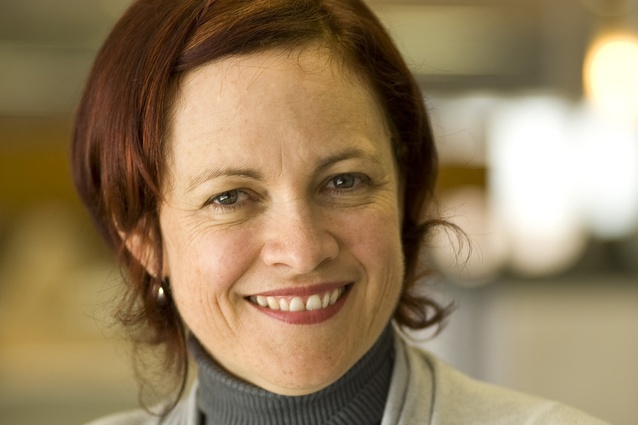Do women design better cities?
The idea that women’s input can lead to more inclusive city design is being touted in the lead up to a talk at the Women of the World conference in Brisbane.
Caroline Stalker, a director of Architectus Brisbane, will sit on the panel at the “Equally Liveable?” talk that will be taking place on Sunday 21 June.
Stalker said that over her 27 year career as an architect she has seen change in the industry, but she is still often “the only woman around the table” due to the lack of women in urban design. She said that she often wonders about the impact this has on the way cities are designed.
“It’s not a linear proposition, but I do think that having more diversity in the people who design cities means that you get better cities, because you have more interests,” she said.
“Women do think holistically and they are more often the primary caregivers, so some of that more holistic thinking about making good communities might be more brought to bear on city design if there were more women involved.”
Stalker described a workshop she held early in her career where she asked women from both wealthy and low socio-economic areas what they wanted from a community, and found common desires.
“They wanted to walk places safely, to be able to meet their friends informally, and to be able to get to shops, services and facilities easily and on foot. They wanted to be able to drop their kids off at childcare, go and earn some money and still do that within their communities,” she said.
Stalker also highlighted the way problems such as urban sprawl impact directly on women, which makes them more conscious of these issues as designers.
“We keep designing cities in this sprawling way where people are getting further and further away from their jobs, particularly disadvantaging women’s economic opportunities,” she said.
“When the chips are down in the family and the kids are small and you’re trying to juggle the childcare thing and you’ve got a long commute into the CBD, the stats show it’s usually the woman who’s defaulting to ‘this is hard, I’m going to stay home and look after the kids.’”
“The fact that we’ve allowed our cities to get so spread out with all our jobs in the centre means that it’s a much harder juggle for women when they end up in those primary caring roles.”
Karen Burns, a representative from Parlour, a not-for-profit organization that promotes gender equity in architecture, reflected on the topic.
“Understanding the role of gender in the construction and use of the built environment has been an essential part of architectural scholarship and community activism over the past forty years,” she said.
“Academics have been particularly interested in the problems generated by the division of city space from family life in North American, and arguably Australian, suburbs.”
She described the inclusion of the talk at the conference as “terrific”, and cited the award-winning 1985 book Redesigning the American Dream: The Future of Housing, Work and Family Life by Dolores Hayden. The book examined the ways urban design has reflected the traditional roles of men going out to work and women staying in the home.
Research on the number of women in architecture in Australia published in 2014 found that women make up approximately just under 30 percent of the industry.
The “Equally Liveable?” discussion will look at how cities are designed, and how they could look if they were designed to better accomodate groups such as women, children and people with disabilities. Density, connectivity, traffic issues and green spaces are aspects of cities that will be examined.
Journalist Kathleen Noonan will chair the panel, which also includes architect and public servant Lisa Edwards and planning consultant Laurel Johnson.
The Women of the World event will take place from Friday 19 to Sunday 21 June 2015 in Brisbane at the Gardens Point campus of the Queensland University of Technology and the Queensland Performing Arts Centre.










